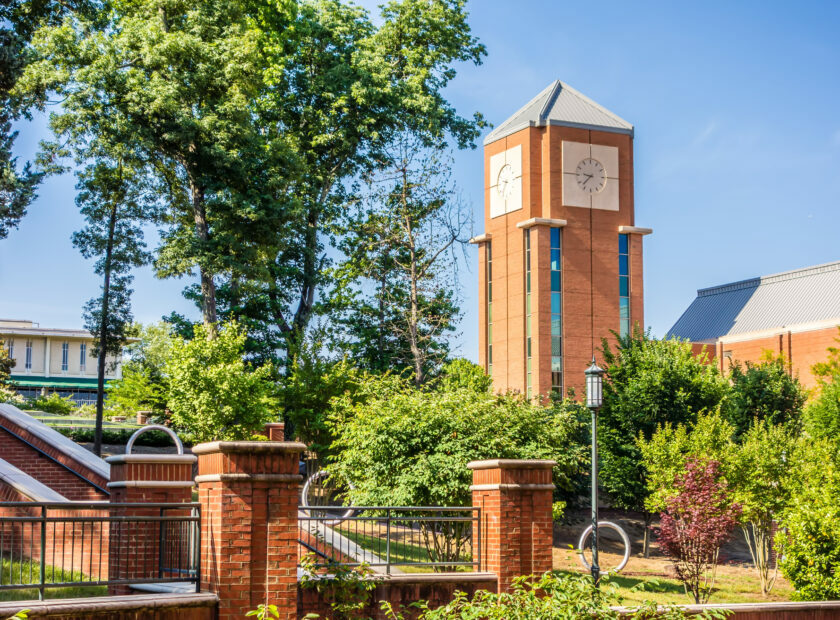Part I in the CONNECT Our Future Retrospective Series
CONNECT Our Future was an initiative that united residents, businesses, educators, elected officials, non-profit organizations and other interest groups around a common desire for more cooperation in the region and the need to work together to fulfill shared goals. A general framework for future growth and development was created under the initiative, which was unanimously endorsed by the CONNECT Consortium Program and Policy Forums in 2014. Many assumed the wave of optimism from this event would build strong momentum to fulfill various CONNECT goals and recommendations and to use the data and tools shared with state, regional and local governments for their implementation.
Looking Back
Seven years have passed since the preferred growth concept was endorsed by the two forums, so it was time to look back on CONNECT Our Future and evaluate some of the accomplishments in the region that tie back to the initiative. Starting this month, we will run a newsletter article series that summarizes information collected to evaluate general topics for three focus areas: land use, transportation and community health. Some of the information collected demonstrated a direct connection to the regional effort, while other information determined if the actions of local governments, advocacy groups, private businesses, etc. combined to positively influence one or more broad goals from CONNECT Our Future.
The first two articles ― March and April ― will focus on growth and development patterns in the region. Specifically, where did growth occur in the region, what forms did it take, how quick did change occur and what has been the reaction to change in local communities. Conditions were evaluated based on empirical data collected from secondary sources and stakeholder interviews with local planning officials held throughout the region. Part one of the growth and development assessment looked back at metrics and changing conditions for the period between 2010 and 2018. Part two, which will be released in April, will look forward to opportunities and challenges facing the region either now or in the future. This is especially important as communities struggle with hard choices around growth, density, land use mix, community character and available infrastructure capacity.
The look back at metrics and changing conditions in the region for the growth and development assessment is organized under four general headings: population and employment growth, land consumption for new development, new trends in home choices and changing preferences in adopted comprehensive plans and zoning ordinances.
Here are some of the top land use takeaways:
- New Development: 68.01 square miles of land was consumed for new development between 2012 and 2018, a size matching the footprint of Concord, North Carolina.
- New Housing Development: Across the region, the development of townhomes or duplexes and stacked apartments or condominiums increased faster than single-family detached homes through the decade.
- CONNECT-Influenced Local Planning Approach: 29 different comprehensive plans, land use plans or small area plans were created or updated in the region since 2015.
Looking Ahead
The focus of this article is on the region’s development past, where growth occurred over the last decade and what forms it took. In April, we will look ahead to emerging trends and new development opportunities being presented in the region and document some of the growing concerns being voiced in local communities about growth, density, land use mix, community character and available infrastructure capacity.
It will be exciting to complete our interviews with planning officials in the region for Part 2 of the growth and development assessment in the region. Their experiences dealing with growth, no-growth pressures in the community and managing diverse expectations or viewpoints (sometimes completely opposite) for how cities, towns and counties should develop in the future will deepen our understanding of if-when-how-where CONNECT Our Future has and will continue to influence decision-making.
We will continue to inventory and evaluate accomplishments in the region that tie back to CONNECT Our Future and highlight specific data and stories that may inform new actions or priorities for Centralina staff as they continue to support local initiatives that implement the region’s priorities. We also look forward to our time reflecting on the CONNECT Our Future initiative and the influences it had on the region and sharing those stories with you to reinforce the benefits of thinking regionally and acting locally.
*To view the report in the correct layout, make sure to change your reader setting to a two-page view





